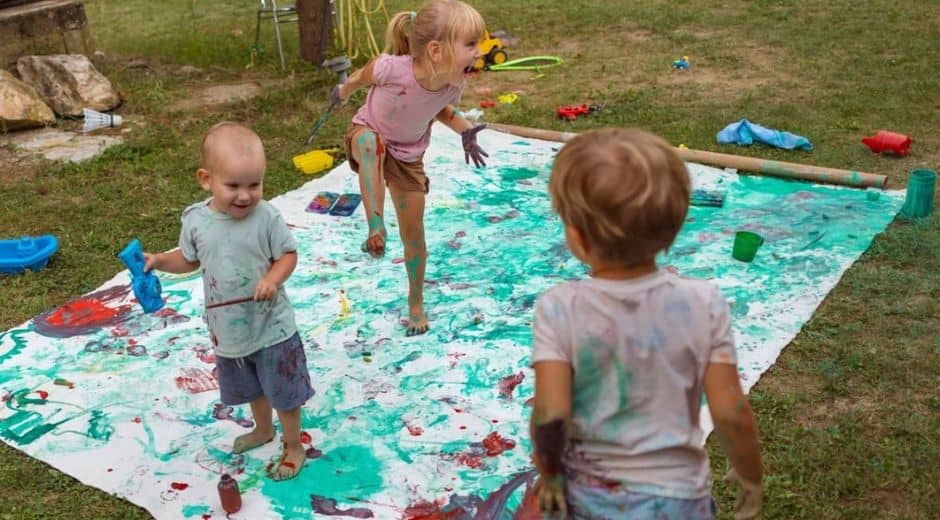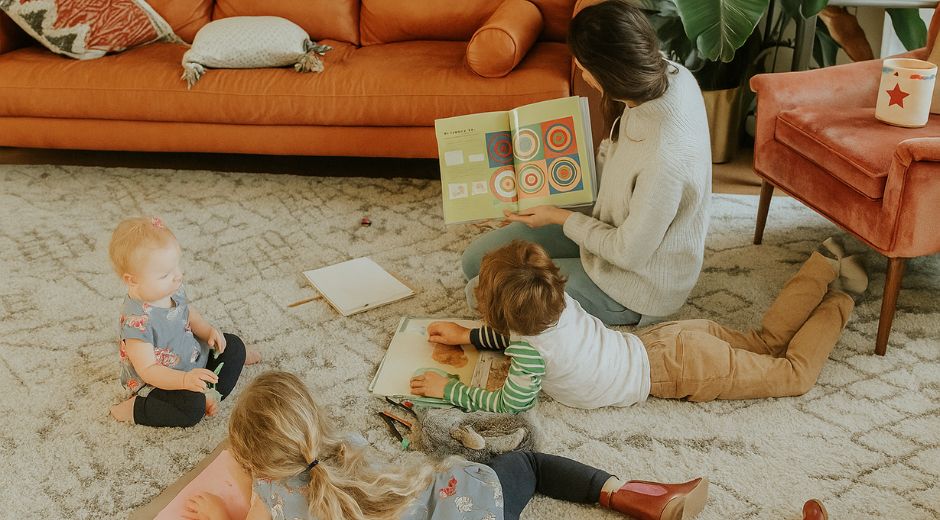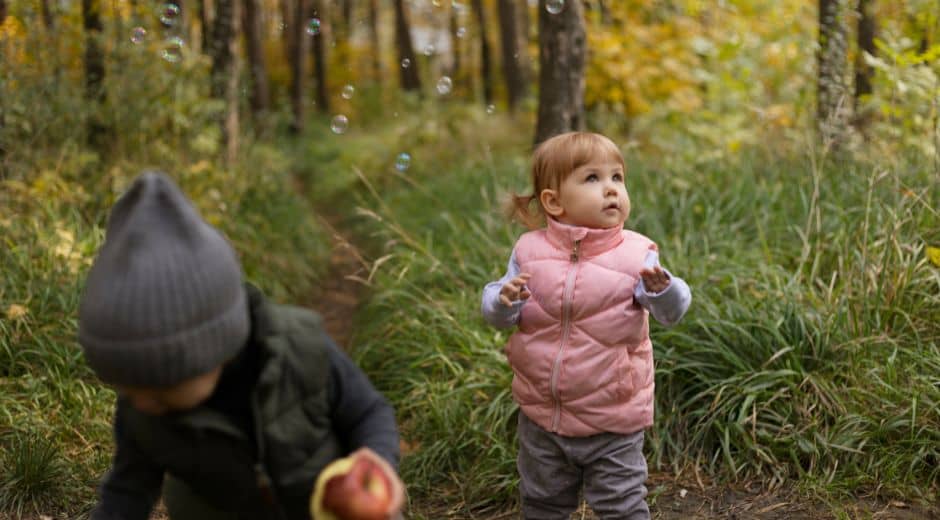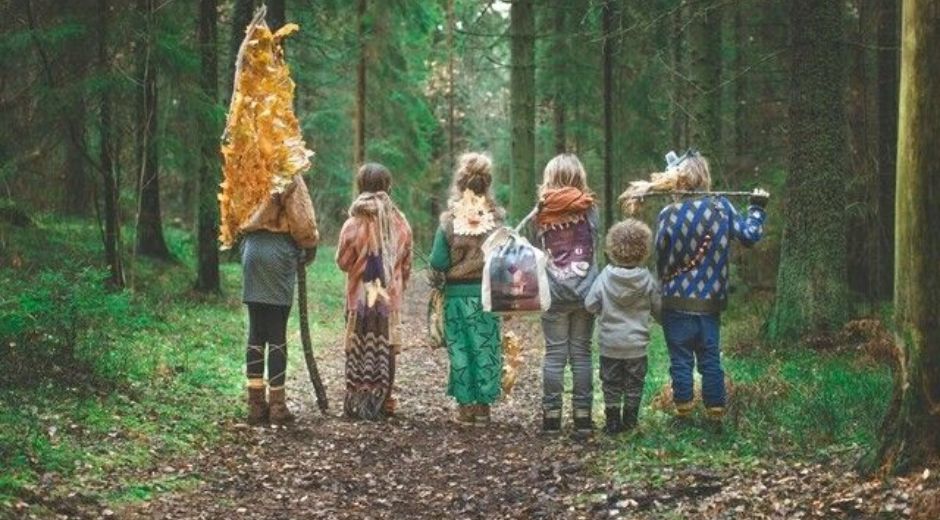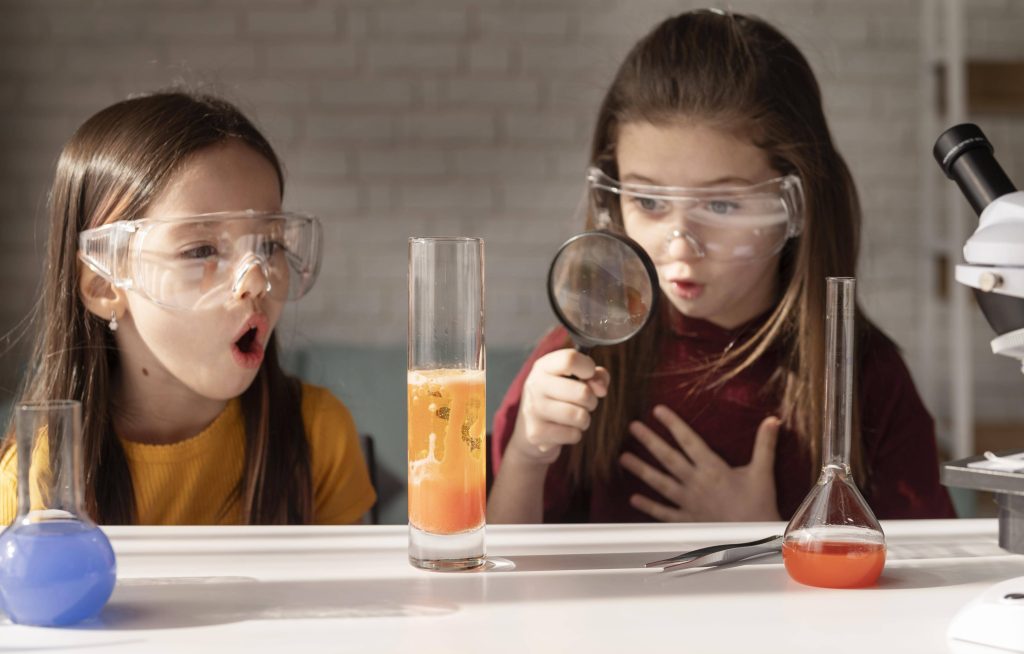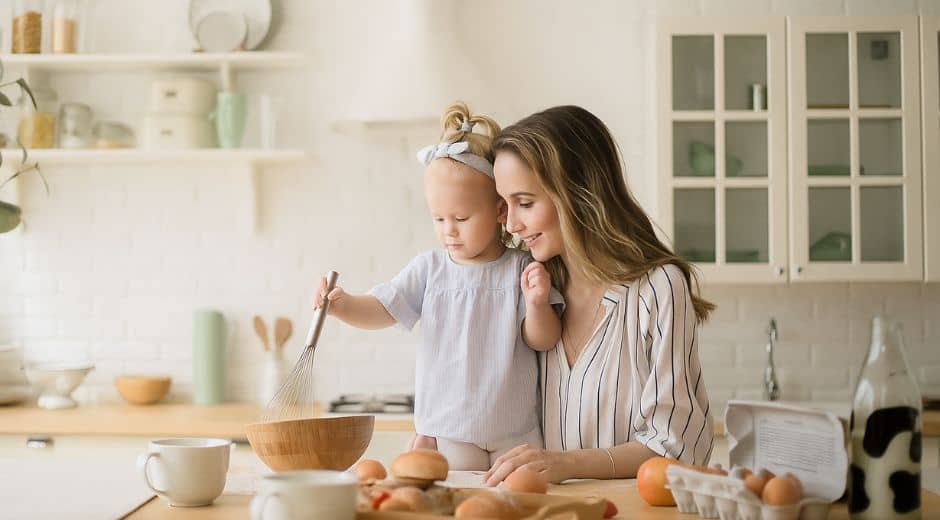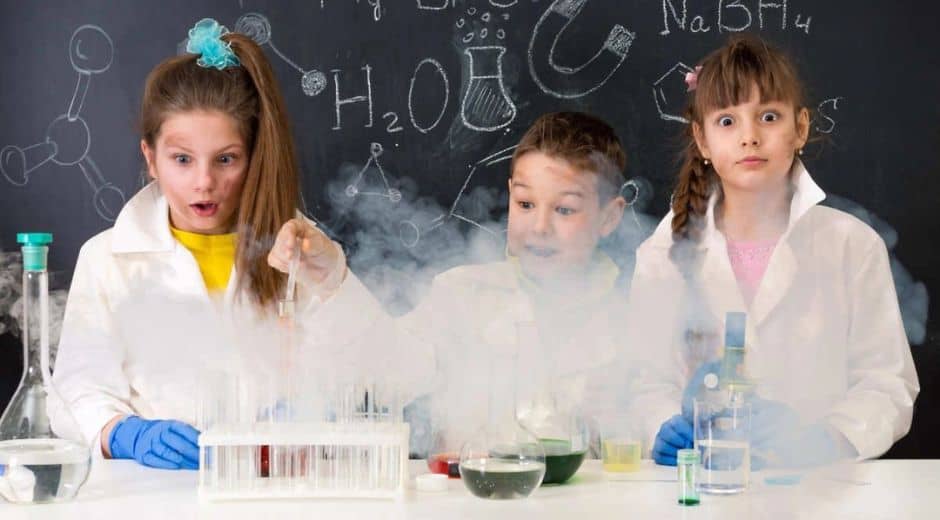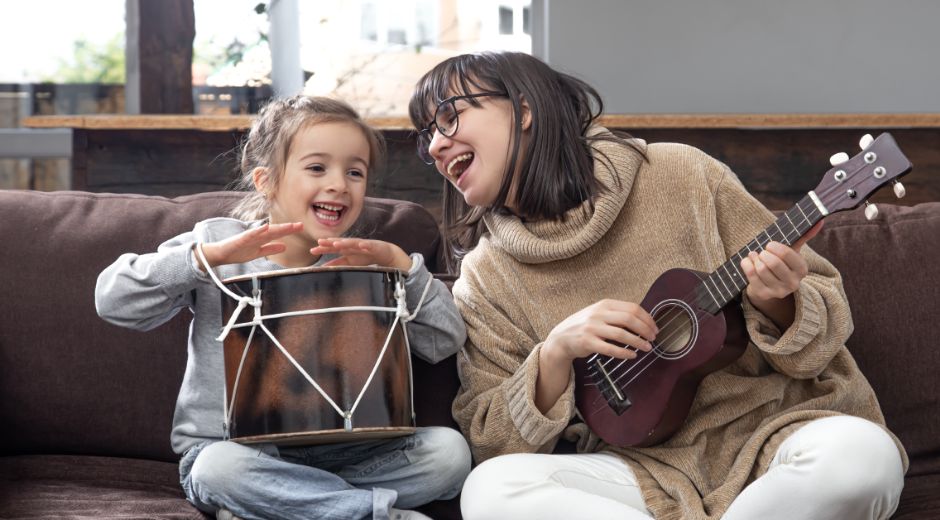Hands-On Fun: Ignite Creativity with DIY Crafts
Hands-On Fun: Ignite Creativity with DIY Crafts
Children learn best when they are engaged, curious, and actively participating. Hands-On activities provide the perfect outlet for this natural enthusiasm. DIY crafts are not only fun, but they also promote critical thinking, problem-solving, and fine motor skills. By integrating Hands-On projects into your home routine, you can create memorable experiences that nurture creativity and learning.
Whether it’s building, painting, or experimenting with simple materials, these projects transform everyday moments into opportunities for growth. Parents can guide children while encouraging independence, exploration, and imagination, making learning a truly interactive experience.
1. Benefits of Hands-On DIY Crafts
Hands-On activities offer a wide range of benefits for children:
Cognitive Development: Crafting stimulates problem-solving, planning, and decision-making.
Fine Motor Skills: Cutting, folding, and assembling improve dexterity and hand-eye coordination.
Creativity and Imagination: Children express themselves freely, generating unique ideas and designs.
Emotional Growth: Crafting can provide a calming, therapeutic experience, fostering patience and focus.
Confidence and Achievement: Completing a project boosts self-esteem and pride in accomplishment.
For additional educational insights on engaging activities that combine mindfulness with creativity, FocusMindFlow offers guides for nurturing focus and calm during craft projects.
2. Easy Hands-On Crafts for Beginners
Starting with simple projects ensures children remain engaged and motivated. Some beginner-friendly Hands-On crafts include:
Paper Collages: Using old magazines or colored paper to create designs.
Pipe Cleaner Animals: Flexible materials allow for imaginative animal shapes.
Button Art: Arranging buttons to form patterns, letters, or pictures.
Homemade Playdough: Children can mold shapes while experimenting with colors and textures.
These projects require minimal materials and encourage creativity while offering tangible results that children can be proud of.
3. Eco-Friendly Hands-On Projects
Incorporating sustainability into Hands-On activities teaches children the value of the environment. Simple projects include:
Recycled Crafts: Creating art from cardboard, bottle caps, or paper scraps.
Nature Collages: Collecting leaves, flowers, or small twigs to assemble artwork.
Seed Planting Projects: Crafting small planters and watching seeds grow.
These activities not only spark creativity but also instill eco-conscious habits and an appreciation for the natural world. For inspiration and eco-friendly DIY project ideas, Fixolix provides practical guides for creative, sustainable crafts.
4. Hands-On Learning Through Science and Art
Crafts don’t have to be limited to decorative projects. Combining Hands-On crafts with science and art introduces children to experiential learning:
Volcano Eruptions: Using baking soda and vinegar to simulate eruptions teaches chemical reactions.
Watercolor Experiments: Blending colors and observing reactions promotes artistic expression and experimentation.
Simple Circuits: Using batteries, wires, and LEDs introduces basic electronics in a creative context.
Integrating science with crafting turns fun activities into educational opportunities, reinforcing concepts in an interactive, memorable way.
For more inspo about art visit: MuseaTime
5. The Role of Sensory Activities
Hands-On sensory crafts provide additional benefits for younger children or those with special learning needs. Activities like:
Sand Art: Layering colored sand to form patterns.
Textured Collages: Using fabric, foam, and textured paper for tactile exploration.
Slime Making: Combining safe ingredients for squishy, playful experiments.
Sensory engagement enhances focus, calms anxiety, and improves cognitive and emotional development, making crafts a holistic learning tool.
6. Encouraging Independence and Decision-Making
One of the key benefits of Hands-On projects is fostering independence. Allow children to make choices about colors, materials, and project design. Offer guidance rather than directives, encouraging problem-solving and creativity.
For example, instead of telling a child exactly how to build a birdhouse, provide the materials and let them experiment with shapes, colors, and assembly. This approach nurtures confidence and encourages children to trust their instincts and abilities.
7. Collaborative Hands-On Projects
Crafting can also strengthen social skills. Collaborative projects teach communication, cooperation, and teamwork. Ideas for group activities include:
Family Scrapbooks: Everyone contributes artwork, photos, or notes.
Group Murals: Large-scale painting projects encourage coordination and shared creativity.
Themed Craft Challenges: Siblings or friends work together to create themed items like holiday decorations.
These collaborative efforts foster meaningful connections while encouraging children to share ideas and support one another.
8. Creating a Craft-Friendly Environment at Home
To maximize Hands-On experiences, set up a designated space for crafts:
Use washable surfaces and protective mats to minimize mess.
Keep supplies organized and easily accessible.
Encourage a regular crafting routine to build consistency.
Display completed projects to celebrate effort and creativity.
A thoughtfully organized craft space empowers children to explore freely, take initiative, and remain engaged in Hands-On activities.
9. Integrating Mindfulness into Crafts
Combining Hands-On crafts with mindfulness techniques enhances focus and emotional well-being. Encourage children to:
Pay attention to textures, colors, and shapes.
Take slow, intentional breaths while crafting.
Reflect on what they enjoyed or learned after completing a project.
These practices cultivate patience, awareness, and a calm, focused mindset, adding an extra layer of educational and emotional value to crafting.
10. Beyond Crafting: Lifelong Benefits
Engaging in Hands-On crafts builds skills and habits that extend beyond childhood. Children develop resilience, perseverance, and an appreciation for creativity that can influence academic performance, problem-solving, and personal expression throughout life.
Parents can continue fostering these skills by exploring new projects, encouraging experimentation, and celebrating achievements. Crafting becomes more than an activity—it becomes a tool for growth, learning, and joyful exploration.
For additional guidance on mindful activities, parenting tips, and skill-building projects, visit FocusMindFlow and CoolParentingTips for ideas and inspiration.
Conclusion: Embrace Hands-On Creativity
Hands-On DIY crafts provide children with an invaluable combination of fun, learning, and emotional growth. From beginner projects to complex science-art experiments, these activities spark curiosity, develop essential skills, and nurture creativity.
By fostering independence, encouraging collaboration, and integrating mindfulness, parents can transform everyday moments into engaging, educational experiences. With thoughtful planning, a supportive environment, and a spirit of exploration, Hands-On crafting becomes a powerful tool for developing confident, creative, and well-rounded children.
Explore resources from Fixolix and FocusMindFlow for inspiration, project ideas, and mindful crafting techniques to enrich your family’s creative journey.
Learn Bond Bloom

Calm Corner Setup for Emotional Regulation
Calm Corner Setup for Emotional Regulation

Big Feelings Tools Kids Can Learn Fast
Big Feelings Tools Kids Can Learn Fast
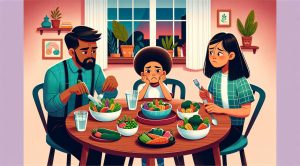
Picky Eating Solutions That Feel Simple
Picky Eating Solutions That Feel Simple

Morning Routine Ideas for Smoother Days
Morning Routine Ideas for Smoother Days
